I am always amazed at how many folks don’t know how to properly boil an egg. If there is green on the outside of the yolk, you over did it. So let’s have a quick chat about the best way to boil an egg, and specifically how to soft-boil an egg. This dates back to my days of living as a bohemian in Barcelona, where an Argentinian roommate taught me how to properly boil an egg. Now THAT is super-vintage-Renee…
First, what is soft-boiled? My preference is for a soft-boiled egg that is semi-set. There is still some runny yolk to slop up with bread, but the yolk isn’t totally runny. It may take you a few tries to get it perfect since the definition of semi-set varies from one person to another.
————————————————————————————
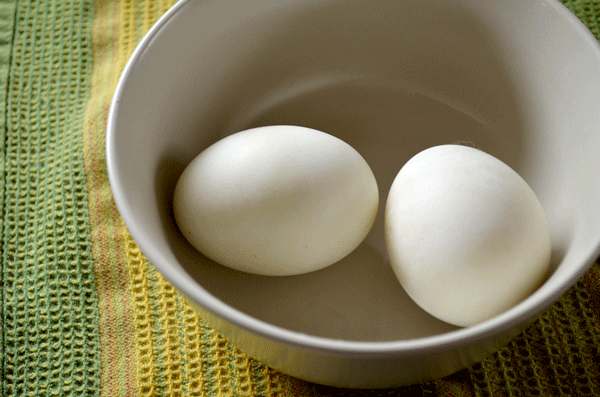 Step 1: Start with clean washed eggs at room temperature. Place them in a saucepan. Fill with cold water. Set on the stove and turn the burn to high.
Step 1: Start with clean washed eggs at room temperature. Place them in a saucepan. Fill with cold water. Set on the stove and turn the burn to high.
Step 2: When the water comes to a boil, start keeping track of time. For a chicken egg, I boil it for four minutes. For a duck egg, boil for six minutes. Add 1 tsp of baking powder if you are cooking up fresh eggs to ensure the whites don’t stick to the shell.
While you wait for Step 2: Toast some bread while the water boils and slather on good quality butter. Grab the salt and pepper shaker – all the seasoning you should need.
Step 3: Immediately remove the burner from the stove, place in sink and start running cold water into the saucepan. This cools down the eggs and stops them from further cooking. Do this for a couple minutes until they are no longer hot to touch.
Step4: EAT! Use the back of a spoon to crack the top of the egg, then start scooping out the delicious egg onto your toast. Close your eyes, take a bite and enjoy the simple pleasure of starting your day with a moment of delicious calm.
Note: Everyone’s stove is a little different. Mine is old and temperamental, so you may need to adjust your cooking time by 1-2 minutes. Trial and error will be your guide, but hopefully these general instructions get you started in the art of cooking the perfect egg.
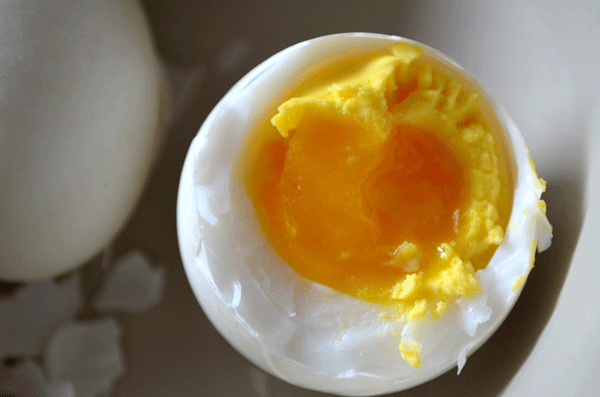
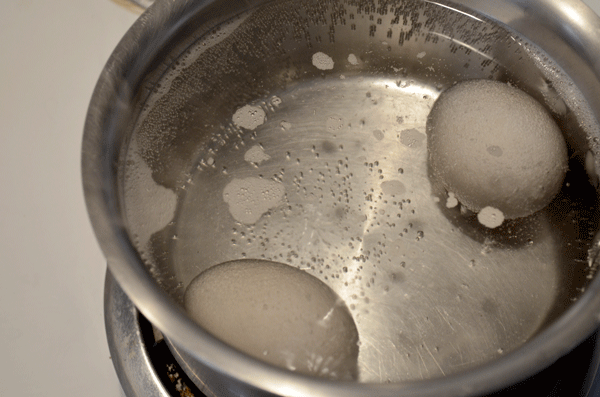
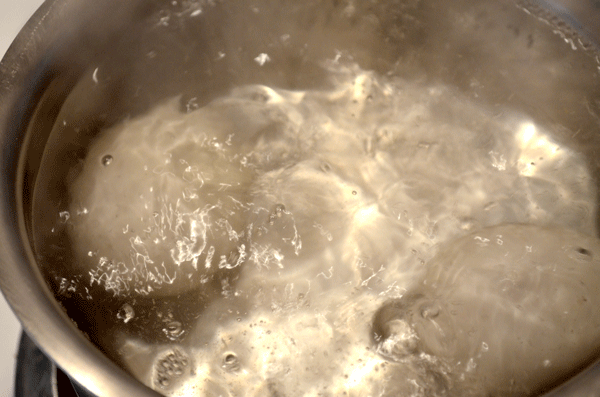
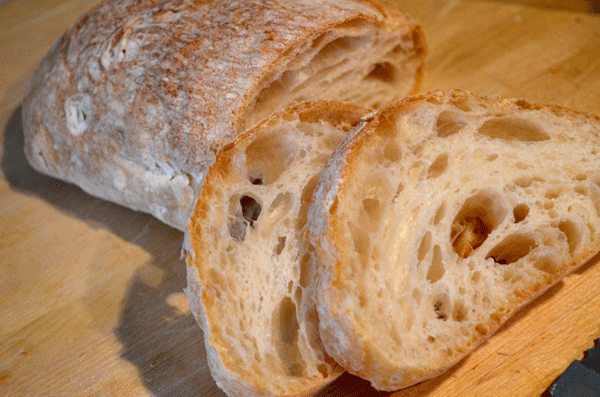
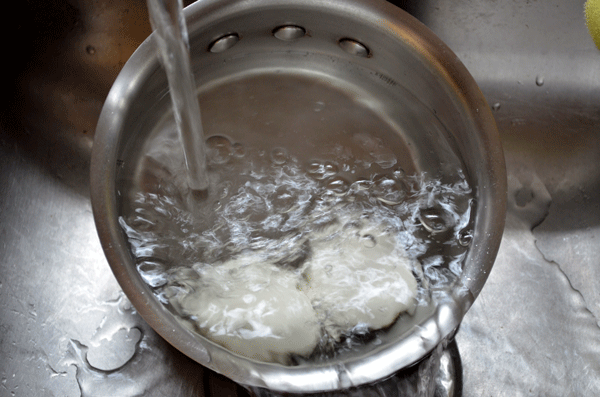
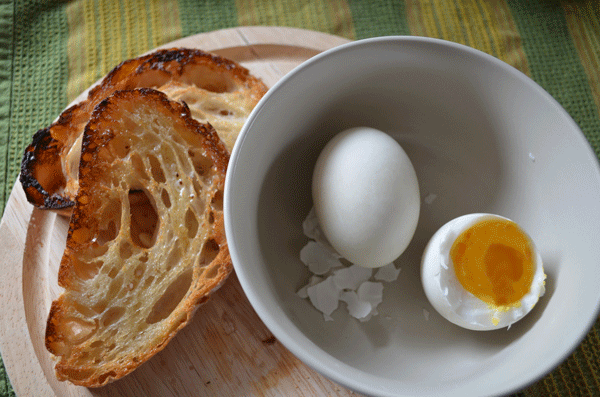
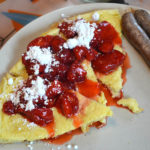

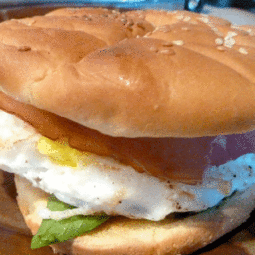
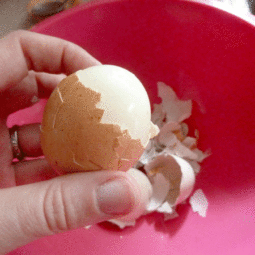

 This cluster was about the siz
This cluster was about the siz




 I start with a
I start with a


In your book you mentioned Honey Vinegar Carrots. Is the recipe posted anywhere on your blog? I couldn’t find it. I made dilly carrots last year and they were a hit so thought I might like the Honey Vinegar Carrots. Thanks. Nancy
Nancy, sorry for the delay! The honey-vinegar carrots recipe I mentioned is actually from another great canning book called Preserving the Harvest. I will email you the recipe!
Yes that is the perfect egg!! That is how I do mine to and they always turn out:)